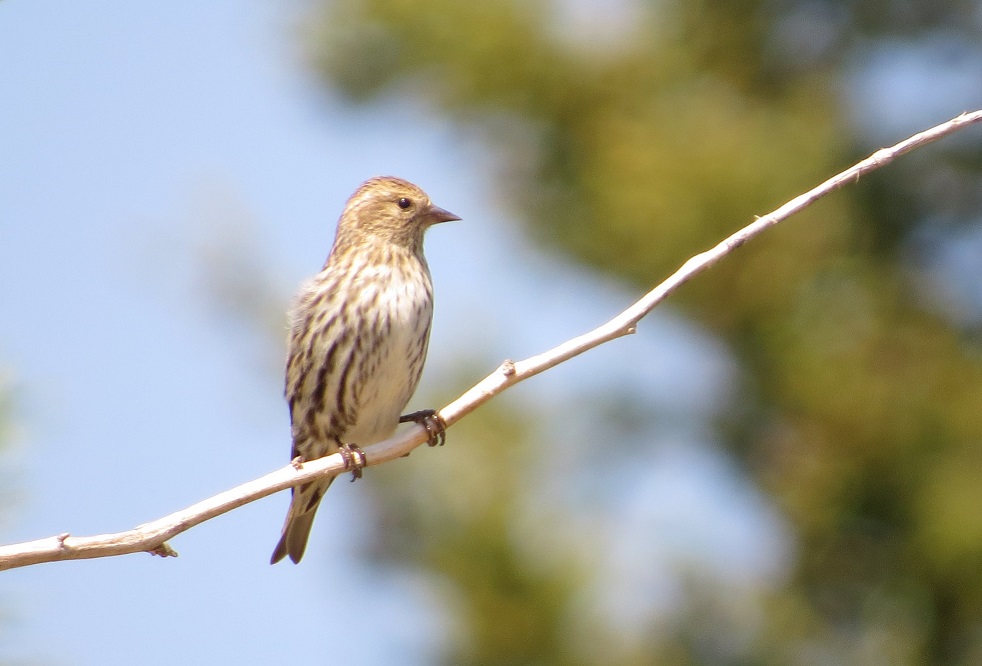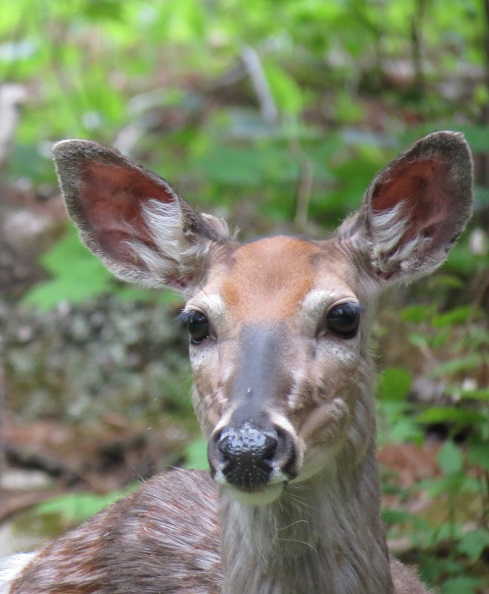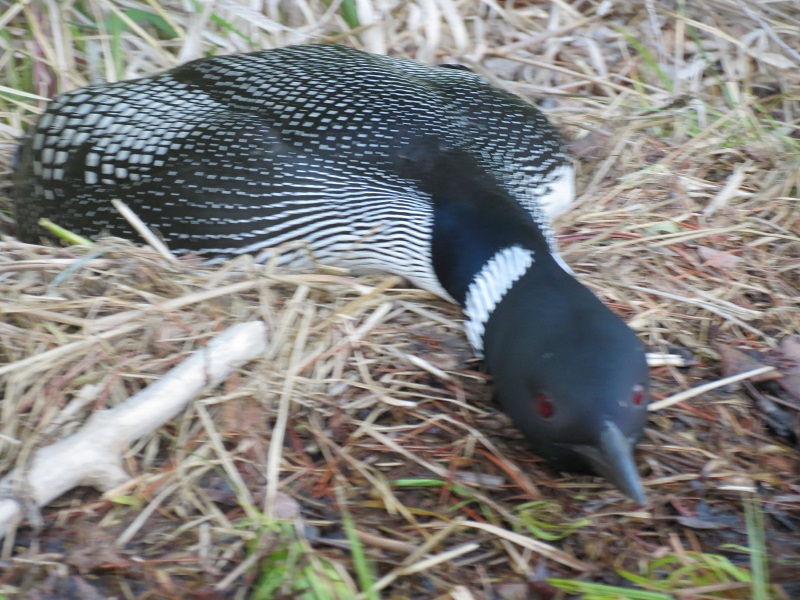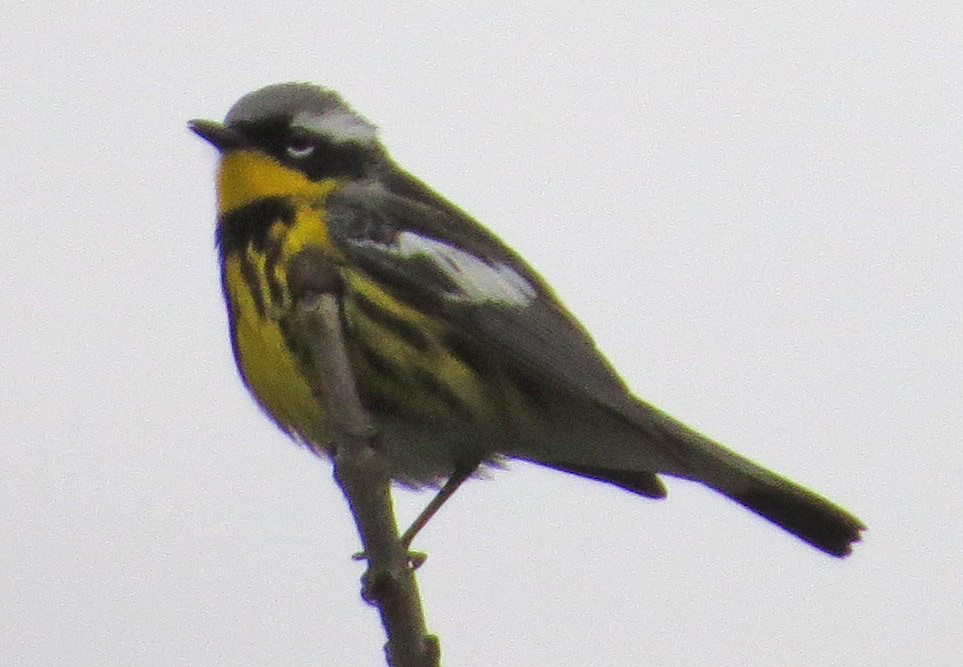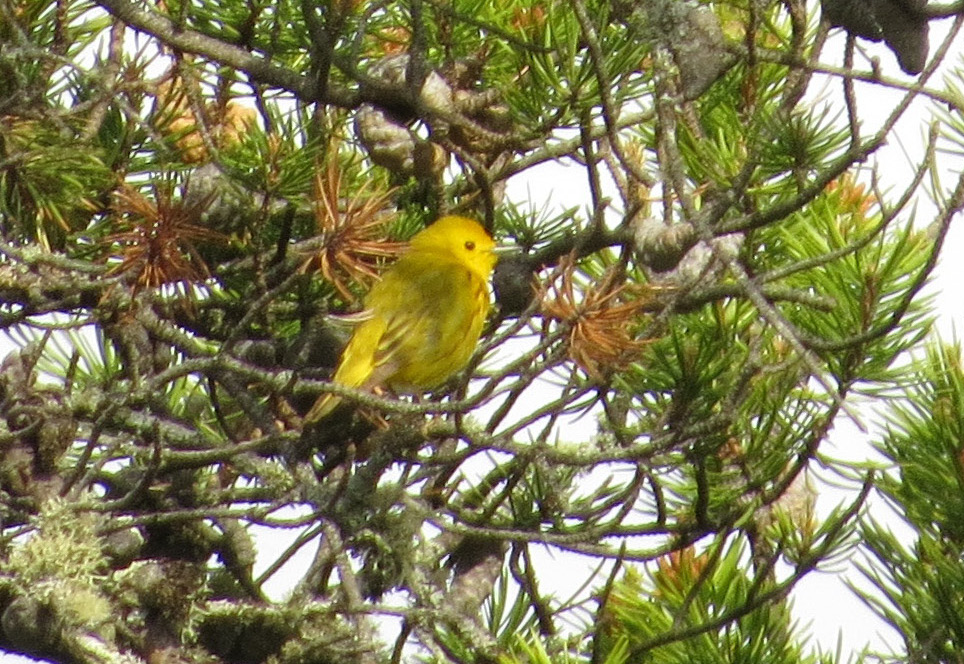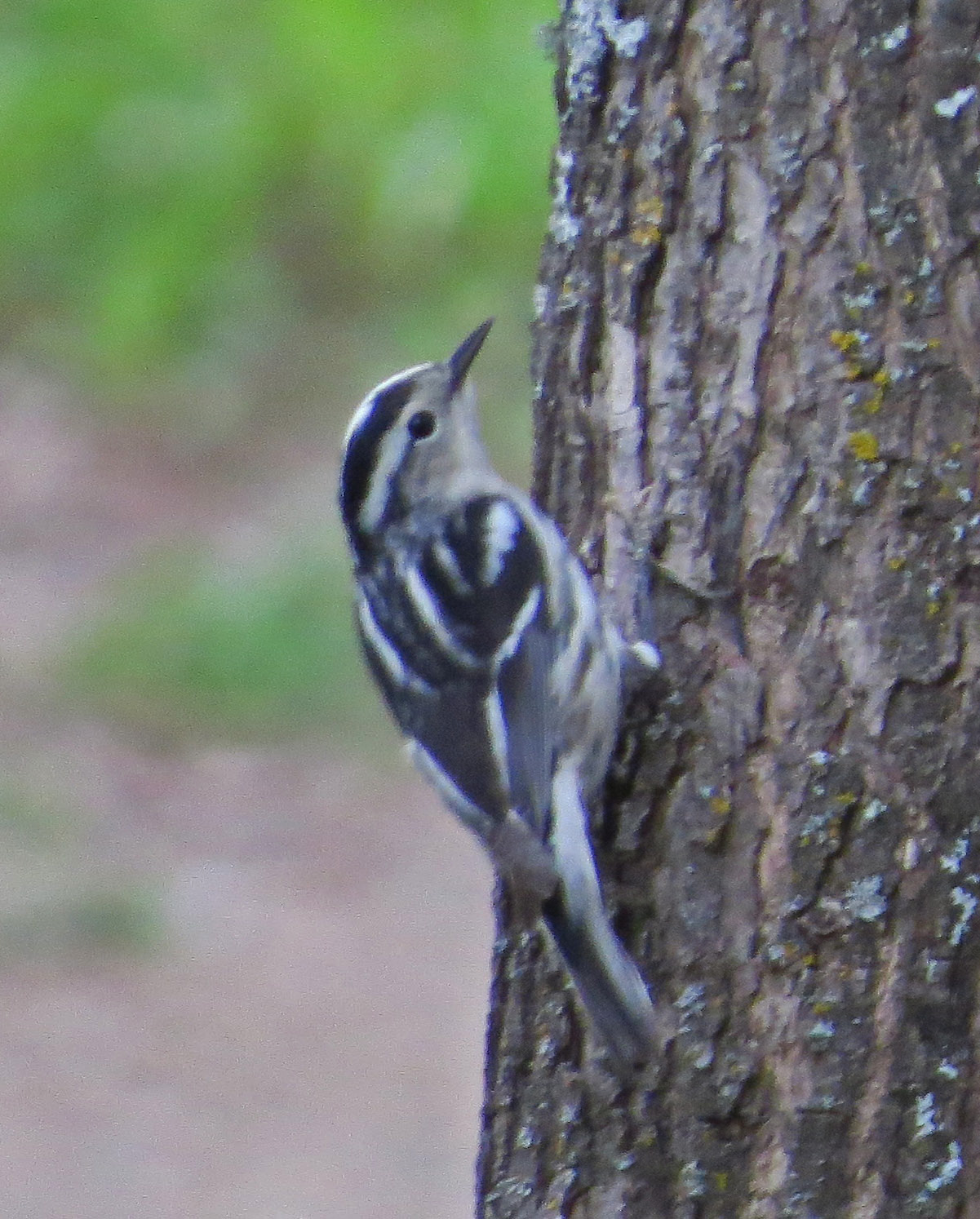
The first rays of sunlight were coming through the pine trees, and a cold breeze was blowing across Fall Lake near Ely, Minn. It was a cold morning on the first of June, and the frosted grass crunched under my feet. My wife and I were going on a 5:15 a.m. bird walk.
We were on a Road Scholar birding trip, hoping to learn more about warblers. There are more than 50 species of warblers in North America. Many have similar markings and calls, making this group of birds difficult to identify, but they are a beautiful group of birds.
The famous ornithologist Roger Troy Peterson called warblers “the butterflies of the bird world” because of their many striking colors.
Many warblers pass through Iowa, only staying a few days on their way to the northern coniferous forest. Ely, Minn., is a favorite area for birding enthusiasts to see warblers.
Our guide for this trip was Lars Benson, an outstanding birder and the winner of several birding awards. His father, David Benson, the author of two birding books, was also assisting Lars for two days of the week-long trip.
Both of these men could identify most of the birds by their songs. “Listen,” Lars said. “High in that white pine tree is a black-throated green warbler.” I listened and looked and but only saw a dark shadow moving in the foliage.
Warblers are difficult birds to study. Most are insect eaters that feed high in the tree canopy, causing a condition in birders called “warbler’s neck.” Most warblers are the size of a small sparrow. There are more than 50 species in this group in North America. Thirty-four have been observed in Iowa, but few remain to nest.
The most abundant species in Iowa is the common yellowthroat, which nests in grassy areas near water. Another common one is the yellow warbler. It likes to nest in willows. Other species of the group, such as the yellow-breasted chat, redstart and ovenbird, have declining populations. The dense woods they need for nesting and feeding are being bulldozed.
The first two warblers I spotted were near our cabin, a black and white warbler and a redstart. Later in the day, my wife photographed a yellow warbler, and we heard common yellow throats in many locations. They have a very distinctive call- “witchety-wichety-wich.”
Our group of 14 birders traveled in two vans to particular habitats to see different species of birds. We went to a spruce bog to look for palm and Tennessee warblers, and in dense dry woods we looked for the northern parulas, Nashville warblers and oven birds. In wet marsh areas we saw sedge wrens and marsh wrens.
Birds have particular habitats they prefer for nesting and feeding.
Besides warblers, we saw hawks, swans, geese and several kinds of ducks. During the five-day program, we saw or heard 104 species of birds, and I added seven new species to my life list of birds that I have seen.
It is estimated that 800 species of birds can be found in the United States. I have seen about half of them. Perhaps on my next visit to northern Minnesota I can add a few more to my list.
Photos by Ray and Margaret Harden of Perry









